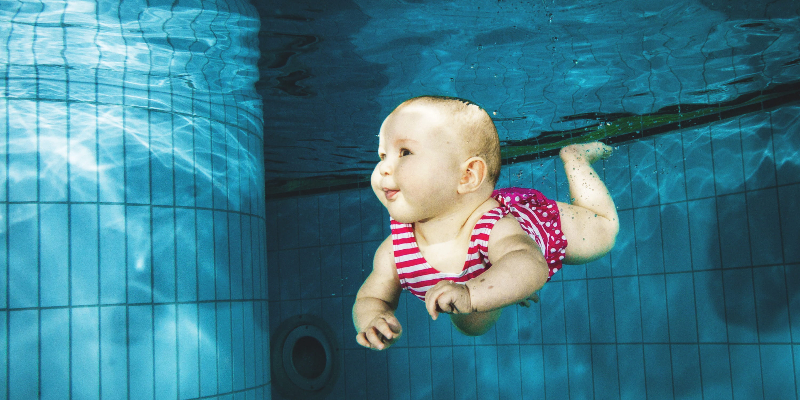
The motor skills is essential in the early development of children. The first mental schemes are based on movement, so we must encourage children to move in their first years of life.
The psychology movement has a vital importance in the first 6 years of life, and we must seize the plasticity of the brain and stimulation so that the greatest number of neural connections are generated. We can achieve it through movement.
What does psychomotor skills contribute?
Psychomotor skills promote the integral development of the person by approaching the individual as a whole and highlighting their most personal aspects:
- Social aspect.
- Affective aspect.
- Intellectual aspect.
- Motor aspect.
This discipline is the basis of all learning and aims to help improve the expressiveness of emotions using the body to promote development. Human beings tend to explore, investigate, live their emotions and conflicts, relate to their environment, face their fears, pursue their dreams …
 Types of psychomotor skills
Types of psychomotor skills
– Educational psychomotor skills . This type of motor skills is aimed at children 1-6 years of age.
- Links are created.
- Movements are explored and improved.
- Communicate better.
- Standards are recognized.
- Strengthening of self-esteem and autonomy.
It is based on stimulating creativity to improve expression and they are offered the necessary tools to do so.
– Reeducational psychomotor skills . It is aimed especially for children over 3 years of age who have shown difficulties with movements, whether fine or gross motor, psycho-affective, emotional or social. The cases are those in which this type of psychomotor skills is usually applied:
- Enuresis.
- Hyperactivity
- Sleep, behavior or attention disorders.
- Adaptation to adoptive family.
– Therapeutic psychomotor skills . It is for children of all ages and even adults too. It is made for patients who need personalized and individual attention. It is usually applied in cases such as:
- Cerebral palsy.
- Autism.
- Down’s Syndrome.
- Muscular dystrophy.
- Brain injuries.
- …
In summary, we can affirm that movement psychology provides a means of expression that allows us to develop and communicate with balance. We learn to transmit and communicate through our movements beyond what our words can say.
